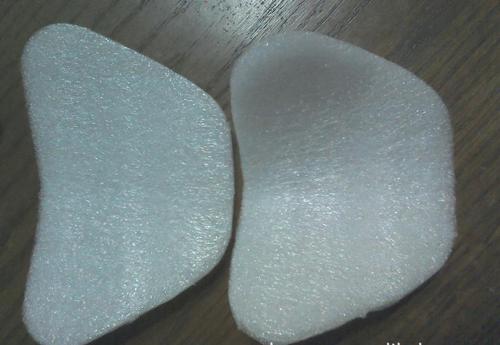What are the differences between Heshan pearl cotton and non woven fabrics
Pearl cotton features:
EPE pearl cotton is an environmentally friendly packaging material with a cross-linked closed cell structure made of polyethylene foam. It is composed of many independent bubbles formed by physical foaming of low-density polyethylene grease. Completely overcome the defects of fragile, deformed, and poor recovery of foam adhesive. It has many benefits such as water and moisture resistance, shock resistance, sound insulation, thermal insulation, good plasticity, strong durability, recycling, environmental protection, and strong impact resistance, and also has good chemical resistance. It is an ambitious alternative to traditional packaging materials.
Features of non-woven fabric:
The alternative name for non-woven fabric is non-woven fabric, which is composed of oriented or random fibers. It is a new generation of environmentally friendly materials, with characteristics such as moisture resistance, breathability, flexibility, lightweight, non combustible, easy to decompose, non-toxic and non irritating, rich color, low price, and recyclability. If polypropylene (PP raw material) pellets are selected as the material, they are produced through a one-step process of high-temperature melting, spinning, laying, hot pressing and coiling. It is called cloth due to its appearance and certain functions.
Scope of use of pearl cotton:
Widely used in the packaging of high-end and fragile gifts such as car cushions, pillows, electronic appliances, instruments and meters, computers, speakers, medical equipment, industrial control cases, hardware lighting, handicrafts, glass, ceramics, home appliances, spray painting, furniture and furniture, alcohol and resin, as well as the inner packaging of various products such as hardware products, toys, fruits, leather shoes, and daily necessities. After participating in colored anti-static agents and flame retardants, their outstanding functions are even more evident. Not only does it have a delicate appearance, but it can also eliminate static electricity and ignition.

The adhesive products of EPE and various fabrics are excellent interior decoration materials for various vehicles and homes. The composite product of EPE pearl cotton and aluminum foil or aluminum plated film has excellent anti infrared and ultraviolet capabilities, and is a necessary product for shading some chemical equipment refrigerators and camping equipment cars.
The scope of use of non-woven fabrics: (1) Medical and hygiene non-woven fabrics: surgical gowns, protective clothing, disinfectant bags, masks, diapers, household cleaning cloths, wiping cloths, wet face towels, trick towels, soft towel rolls, beauty products, sanitary napkins, sanitary pads, and disposable sanitary cloths, etc; (2) Non woven fabrics for home decoration: wall coverings, tablecloths, bed covers, etc; (3) Non woven fabrics for clothing: fabrics, adhesive lining, flocs, set cotton, various synthetic leather soles, etc; (4) Industrial non-woven fabric; Roof waterproofing membrane and asphalt tile substrates, reinforcement materials, polishing materials, filtering materials, insulation materials, cement packaging bags, geotextiles, wrapping fabrics, etc; (5) Agricultural non-woven fabrics: crop maintenance fabrics, seedling cultivation fabrics, irrigation fabrics, insulation curtains, etc; (6) Other non-woven fabrics: space cotton, insulation and soundproofing materials, oil absorbent felt, smoke filter nozzle, tea bags, shoe materials, etc.
Article source: Heshan Pearl Cotton http://www.hshongli.com/
-
09-20
The wonderful use of box sealing adhesive in daily life
We are not unfriendly with sealing glue But how much do we know about the use of box sealing glue? Is there any other use of box sealing glue besides sealing and sticking items properly? Today, let; E
-
09-20
How to quickly remove residual stakes on tape
1. Turpentine: It is the brush washing solution used when drawing We can use issue paper to stick some pen wash solution to the area with offset printing for wiping, and it can be removed in a short t
-
09-20
Performance and characteristics of box sealing adhesive
The sealing adhesive has strong anti tension, good durability, light weight, strong adhesion, and can be printed; But there are defects such as non moisture proof, non moisture proof, and non insulati
-
12-20
What are the benefits of using box sealing tape
There are many types of tape, and among them, we choose to use box sealing tape for packaging. So, why choose box sealing tape? What are the advantages of using box sealing tape? Of course, choosing s

